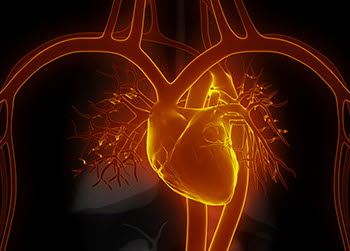Did you know that cardiovascular disease is the most common case of illness and death in the western world? This is a major problem, and a wide range of challenges is involved. Unfortunately, however, we still lack detailed knowledge of how blood flows through our “life pump”. Sigrid K. Dahl hopes that her 3D simulation models will show us how blood actually flows through our veins. And as if that weren’t enough, she intends to develop models that match individual patients.
Dahl’s thinking about developing simulations for use in medical research began when she was studying for her PhD some years ago. At that time, she wanted to acquire a more detailed understanding of blood flow than we have today. While she was working for her doctorate, she developed patient-specific simulation models of the heart that provide such knowledge, such as experiments and image diagnostics alone are unable to do. She acquired the geometry of her first 3D model from an ultrasonic scan of her own heart. This was also the first dynamic flow model created from 3D ultrasound.
One of the problems that the 3D models will tackle is the mitral valve, which is found in the left side of the heart. This is at the root of the cardiac problems suffered by many patients. The mitral valve is a one-way valve that allows blood to flow from the left atrium but prevents it from flowing in the reverse direction. Although there are several possible causes of mitral valve defects, the most common is related to the tendons that keep the valve in position. Long-term overload of the heart muscle can affect valve performance, by weakening, stretching or even rupturing these tendons.
“Some children are as brown as freshly baked bread. Much is different but only on the outside”, goes Norwegian folk singer Jo Tensfjord’s song. But in fact, we are not so similar inside either. The shape and structure of a heart differs from person to person. This means that doctors face a great challenge when they need to diagnose a heart problem and decide how to treat it. Unfortunately, some ten per cent of all patients who have been operated for mitral valve defects will have to return to the operating theatre. Patients who have been re-operated also have to face a more intensive medication regime, poorer quality of life and increased mortality rates.
Sigrid Dahl’s patient-specific simulation models will offer us a picture of blood flow in both healthy and diseased hearts. They can help doctors to improve their diagnoses and operating techniques, and to plan surgical interventions. If clinicians adopt this method, they will be able to customise their treatment of individual patients and improve the outcome of surgery, thereby reducing the need to re-operate.
Improving quality of life; in fact, saving lives.

